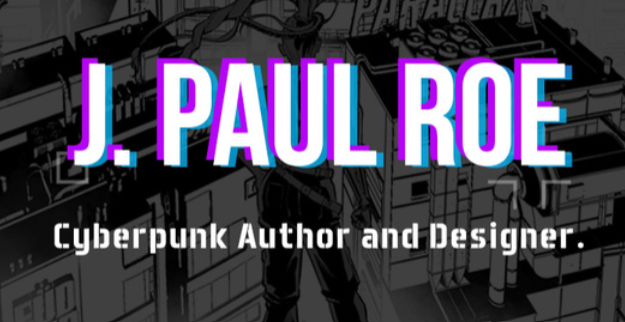We’re about to discuss something that is, by definition, a POV style rather than writing advice proper. But bear with me, as I’m 99.9% certain that if you treat this style as a tool, you’re going to see your writing improve very quickly.
I’m talking about something called the ‘Deep Third-Person POV.’ Concisely explained, this is a form of third-person prose wherein you dig as deep into the POV character as humanly possible.
For comparison:
- Third-person omniscient (TPO): The narrator knows anything and everything. They are like a god within the story. They can get into the minds of any character, comment on events happening thousands of miles from the scene at hand, and make broad statements about the world.
- Third-person limited (TPL): The narrator is only connected to the POV character. They cannot read the minds of other characters, and their field of view is tied directly to the POV character. They can’t see beyond what the character can see, or know what they do not know.
- Third-person deep (TPD): The narrator is less of an observer and more of an experiencer. This has the same limitations as limited, but adds the intimacy of first-person.
Think of it this way…
TPL is like putting a follow camera on the POV character. TPD is like putting a body cam on the POV character.
This analogy is important for the method I’m trying to share here. Essentially, TPD is a great tool for deconstructing TPL and exposing the weaknesses in its execution. The added guardrails force the writer to root out extraneous information, boring details, pacing problems, and infodumps.
The power of DTP comes from the limits it sets.
Writing with greater limitations is harder, absolutely, but I argue that the challenge makes you a better writer and produces better work overall.
I noticed this beneficial outcome during my recent critiquing sessions. When reading someone’s third-person story, I’d often come across lines that just didn’t need to be there. (In some cases, 7 out of 10 lines didn’t need to be there!)
There tended to be a common thread between these unneeded lines: they involved things the POV character shouldn’t know, shouldn’t see, or shouldn’t care about.
(If the POV character doesn’t care about them, neither does the reader. File that away, because that’s also important!)
For instance, it’s probably bad when an action scene suddenly jumps to a description of activity on the other side of the building. The POV character can’t see it, shouldn’t know it’s happening, and — in the middle of their high-stakes fight — does not care.
When writing TPD, that action scene should be about two things: what the POV is doing, and what the POV is thinking/feeling. Both should be relayed to the reader as quickly as it would be processed through the character. Which is to say very quickly.
The ‘body cam’ is only capturing what’s happening within five feet of the character. It’s not exploring his past traumas or weighing the ultimate outcome of the battle between good and evil. It’s not cutting randomly to someone cheering from the sidelines or to the car pulling up outside with more baddies in it.
Third-Person Deep helps address the many problems with the “create a movie in your head and write what you see” method. While that approach kind of makes sense, mental cinematography doesn’t translate well to prose.
In a movie, you might have a quick cut from the fight scene to the car pulling up outside and a bunch of baddies climbing out with guns and baseball bats. That absolutely happens. But writing that into your book will probably not work. In a movie, that scene adds tension. In a book, it breaks the flow and separates the reader from the experience.
It’s simply because books are not movies, and that’s a fact that we should embrace.
Books can do things movies cannot. For one, a book can drill into the inner workings of a character far more effectively than a movie. This is why we should strive to get deep into our characters. Play to that strength, and give readers an experience that a film would have a very hard time doing well.
Why not just write in first-person then?
Well, you just might not want to. Maybe it’s not your style, or first-person doesn’t fit the story. And first-person isn’t ideally suited for epic stories with huge scope. That said, one doesn’t have to abandon the intimacy and ‘realness’ of first-person when they’re writing large, multi-POV stories — thanks to Third-Person Deep!
Final note
Personally, my writing improved immensely when I stopped thinking of my stories in movie terms. At this point, I think the whole idea of ‘create a movie in your head and write about it’ is among the worst approaches to writing prose that I can imagine. There are just too many significant differences between the mediums for that advice to make any sense.
You know what works better? Thinking of it like you’re writing a game. Games have consistent POVs. Games are designed to keep the player engaged by sharing their experience with the character on the screen. Games simulate what films can only depict. We don’t want to depict things in our fiction. We want to draw the reader into the story so that they can experience the events and emotions for themselves.
Following the above advice and leaning more toward TPD is simple. Always ask yourself if the POV character can see something before you write about it. Then ask if they actually care about it enough to comment on it. And, as always, filter the prose through that character’s lens!
These straightforward checks will eliminate quite a few common writing errors. Easy peasy.



